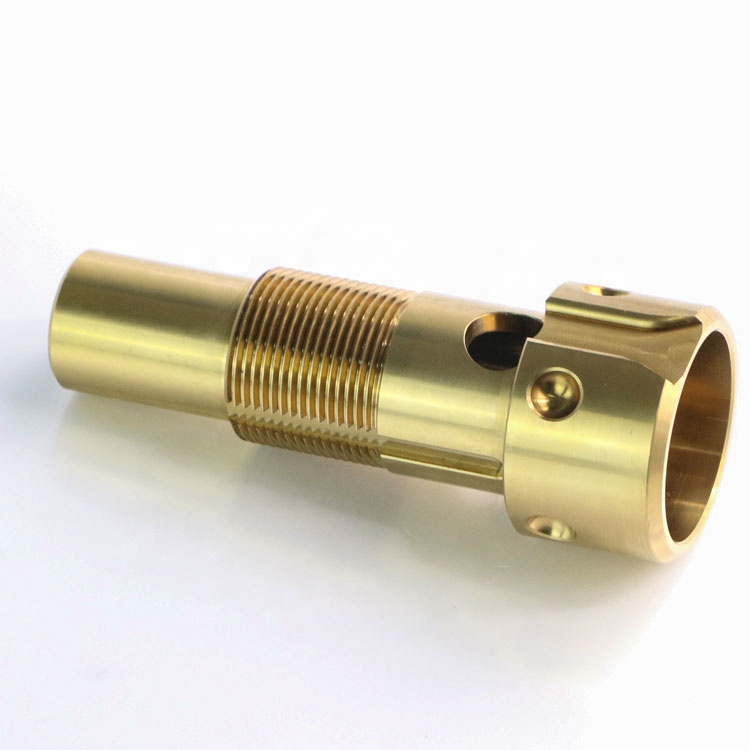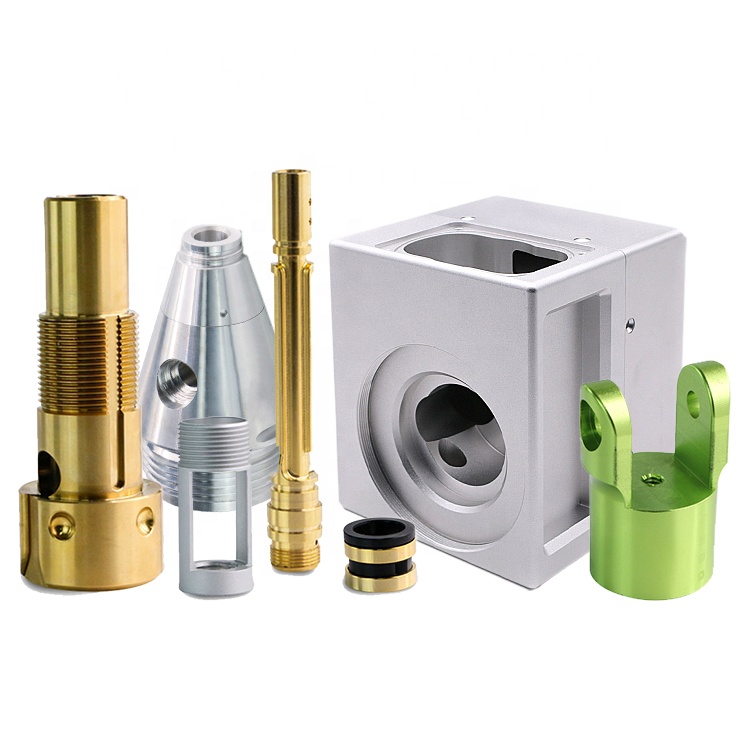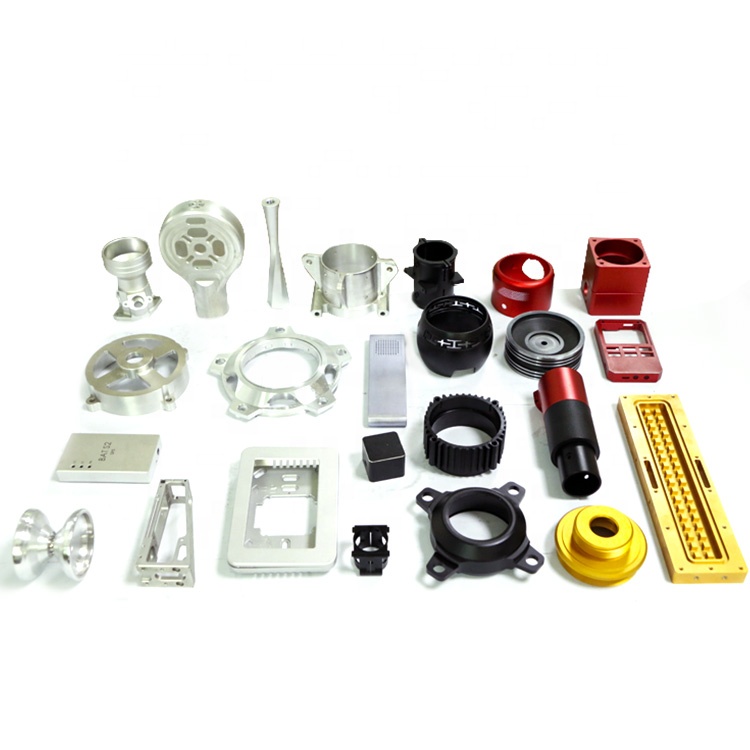5-axis machining can be used in a wide range of industries, especially in applications that require parts with complex geometry and tight tolerances. Some industries that typically use 5-axis machining include:
Application of five-axis machining
5-axis machining can be used in a wide range of industries, especially in applications that require parts with complex geometry and tight tolerances. Some industries that typically use 5-axis machining include:
Aerospace: Suitable for the production of aerospace components because 5-axis machining allows the production of highly complex precision parts. Typical products made with this technology include turbine blades and valves.
Automotive: Like the aerospace industry, the automotive industry generally requires components with unique shapes and strict tolerance requirements. However, car parts, such as housing, covers, and engine parts, are typically produced in larger volumes.

Healthcare: In the healthcare industry, components must meet strict standards of quality and accuracy, as even the slightest error in a part can put a patient at risk. The precision capabilities of the 5-axis machining process make it ideal for medical parts and products, such as those used in scanning equipment, surgical tools, or implants.
Energy: The energy industry also needs unusual shapes for various power generation and sealing devices. 5-axis machining can meet these requirements.
General Industry: For general industrial applications, manufacturers use 5-axis machining to produce a variety of standard and custom parts and products, including tools and machine parts.

5 axis machining main advantages
Compared to other manufacturing methods (such as 3-axis machining or 3D printing), 5-axis has many advantages, such as:
For greater part design flexibility, the process's additional axis of motion facilitates the production of more complex parts. Some manufacturing processes with fewer shafts may require more tools or equipment adjustments to produce the same parts, while others are unable to recreate them.

Reduced labor costs. As no adjustments are required during 5-axis machining operations, little operator involvement is required, resulting in lower labor costs per part.
Better surface finish. The 5-axis machine moves more smoothly and vibrates less, resulting in a better surface finish.
Faster lead times. 5-axis machines produce components faster than 3-axis or 4-axis machines, resulting in reduced lead times across the board.
Copyright © 2022 SHENZHEN BERGEK TECHNOLOGY CO., LTD. - www.bergekcnc.com All Rights Reserved.